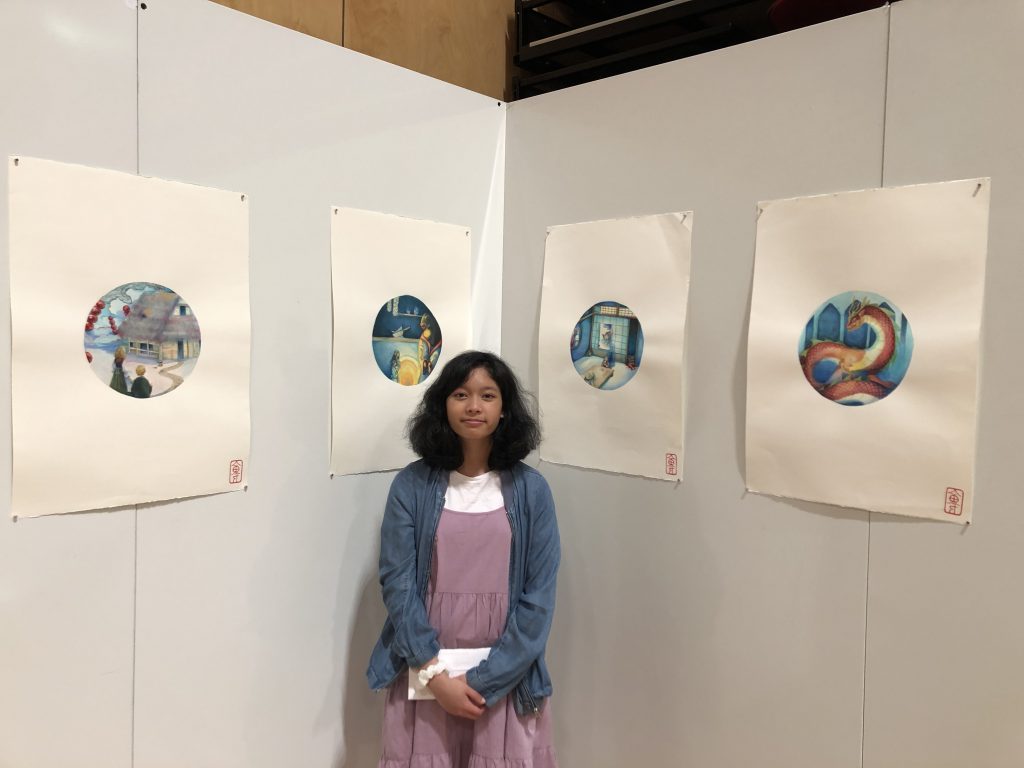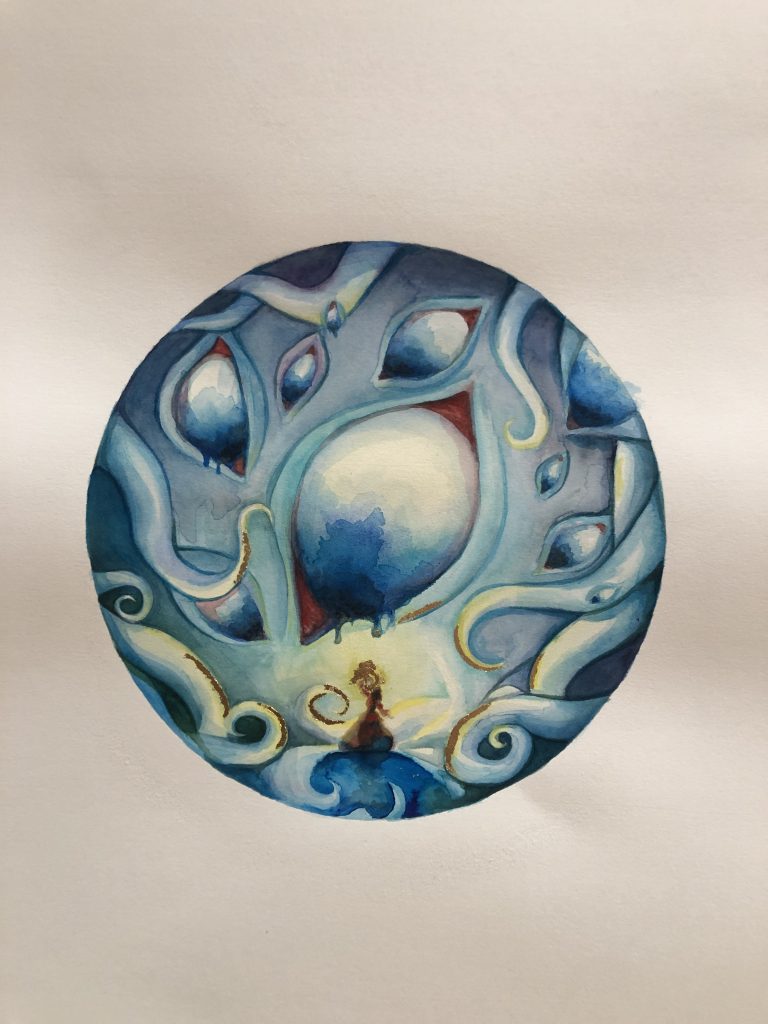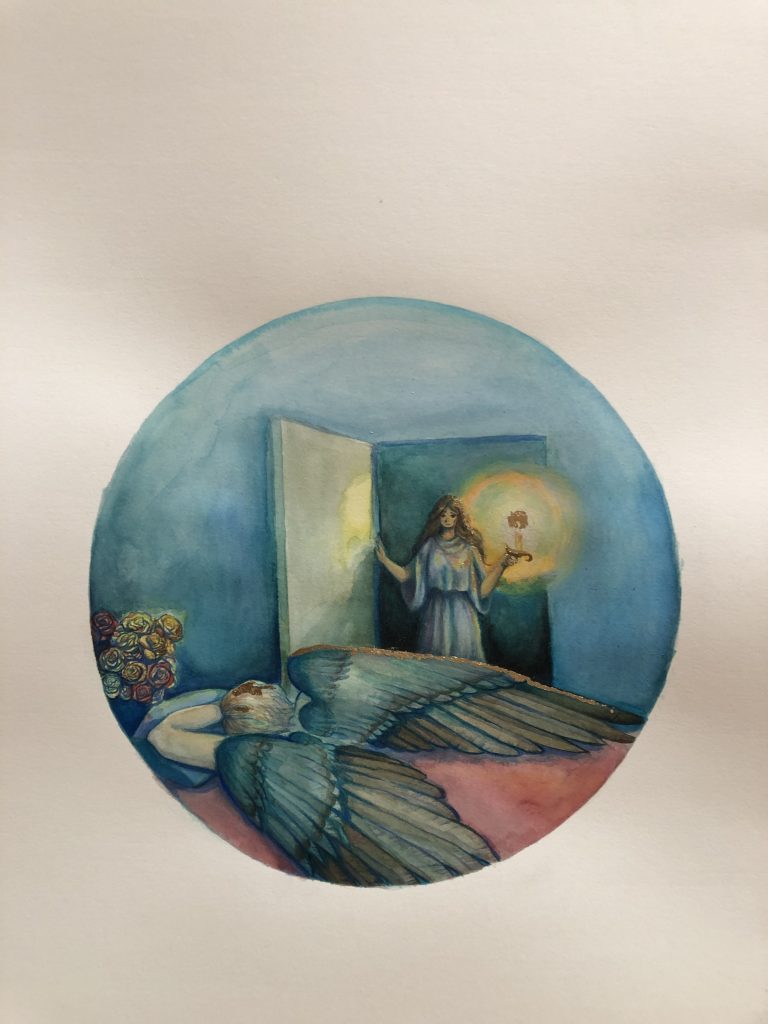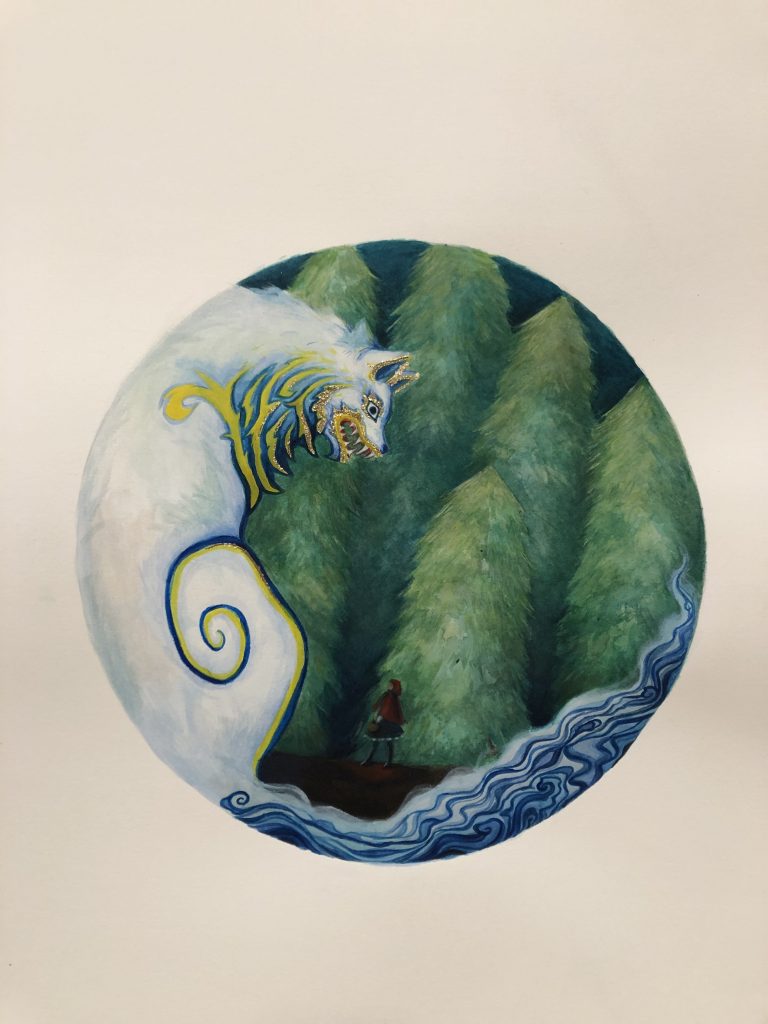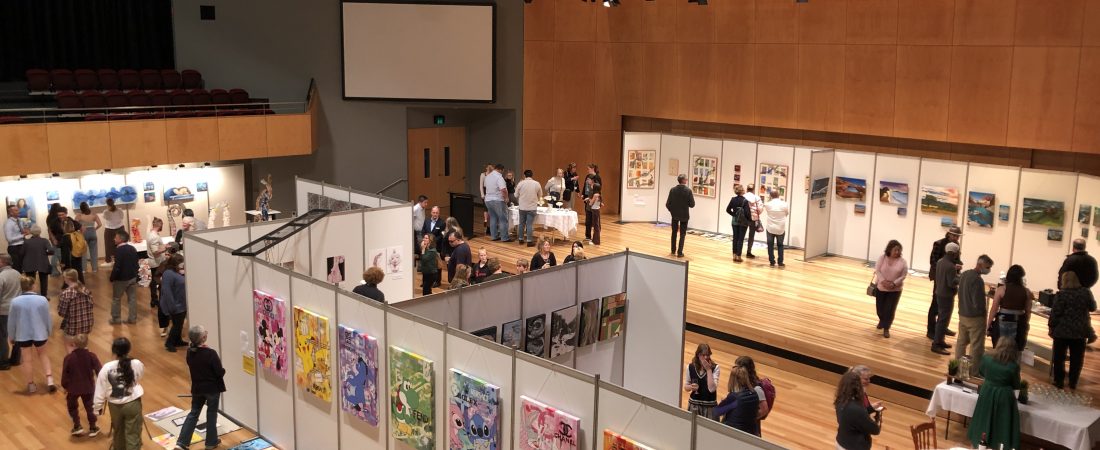TCE and IB Art Exhibition 2022
Posted on November 17, 2022
At the opening of our TCE & IB Art Exhibition on Thursday 3 November, the Visual Art Prize was awarded to Stella Yu and May Moe (both Year 12 students).
Our exhibition brings together work by students who have been studying three different courses – art production, studio practice and the International Baccalaureate. Even though the courses are different, at their core they share similar values which promote and build skills needed in an adult world that has to think ‘creatively’ to solve problems, no matter what career path. Our students have synthesised ideas and have used high level critical thinking skills to think and engage with the world around them. From multiculturalism and indigenous heritage to mental health and the importance of protecting our natural environment, these themes dovetail well with our Purpose and Concerns which are at the heart of our School. Their art communicates the experience of being a young adult in this world, that can be both scary and confrontational as well as awe inspiring. There is so much bravery and individuality in this space.
In awarding this year’s Visual Art Prize, the judges were looking for students who demonstrate an exemplary committed approach to their art practice, contribute to the positive learning and work culture in the studio, display meaningful research underpinning creative problem solving, have a strong conceptual framework communicated through a fully resolved exhibition of work, and demonstrate an outstanding technique and art practice leading to a refined and resolved body of work.
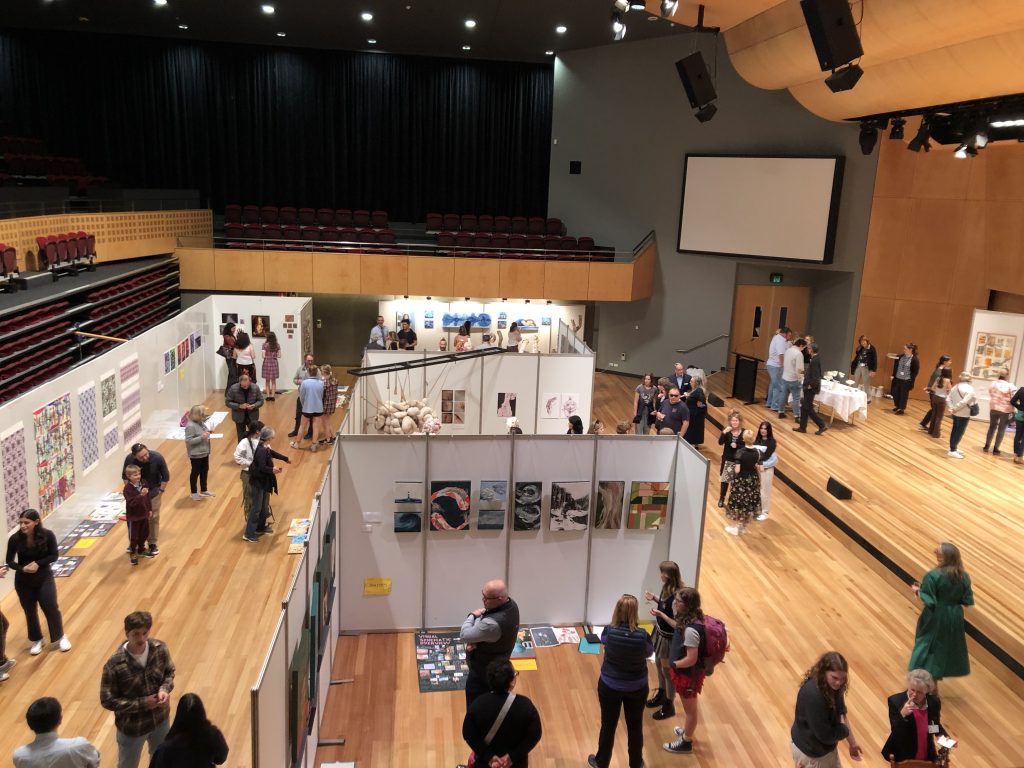
Stella’s artist statement:
The juxtaposition of beauty and destruction is central to my work. In this body of work, I am exploring the lasting consequences of colonisation on Australian Botany, seamlessly intertwining the native and invasive to convey the overwhelming and insidious nature of introduced flora. When viewing this body of work, the audience is encouraged to consider the impact of introduced species on their ecosystem and how the allure and seduction of the invasives captivates us allowing us to overlook their devastating effects.
Symmetry and repetition are formal qualities I use in my work influenced by the Decorative Arts and Arts and Crafts Movements. Both movements were popularised during a period of colonisation in which many of these plants were introduced. The invasive agapanthus and ivy are recurring motifs in my work. Their refined and overly stylised illustration represents the sense of control imposed on Indigenous land by European settlers, introducing flora and fauna with no regard for their impact.
My work is displayed to have wallpaper panels surrounding a central piece featuring endemic flora. The central piece’s enormous scale and vibrant colours have a grand and celebratory feel, rhapsodising the beauty of the native undisturbed by the formal constraints of the invasive. As the untamed beauty of Australia’s native flora contrasts with the eurocentric aesthetics of the wallpaper medium we are reminded of the lasting effects of European settlement on stolen land.
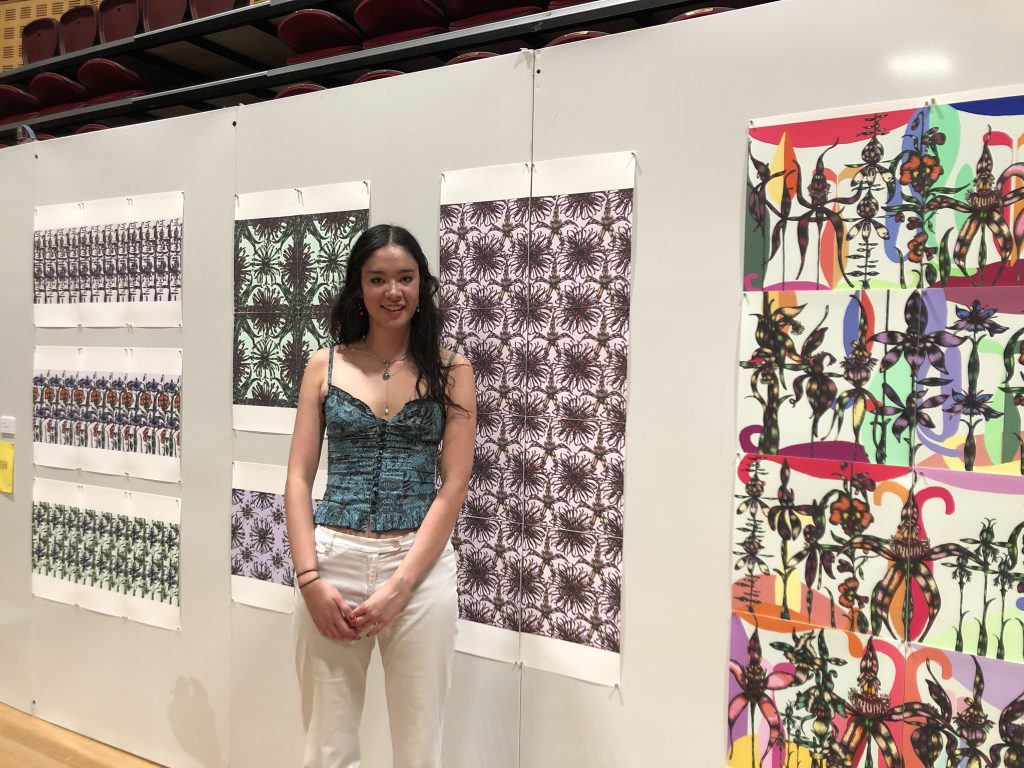
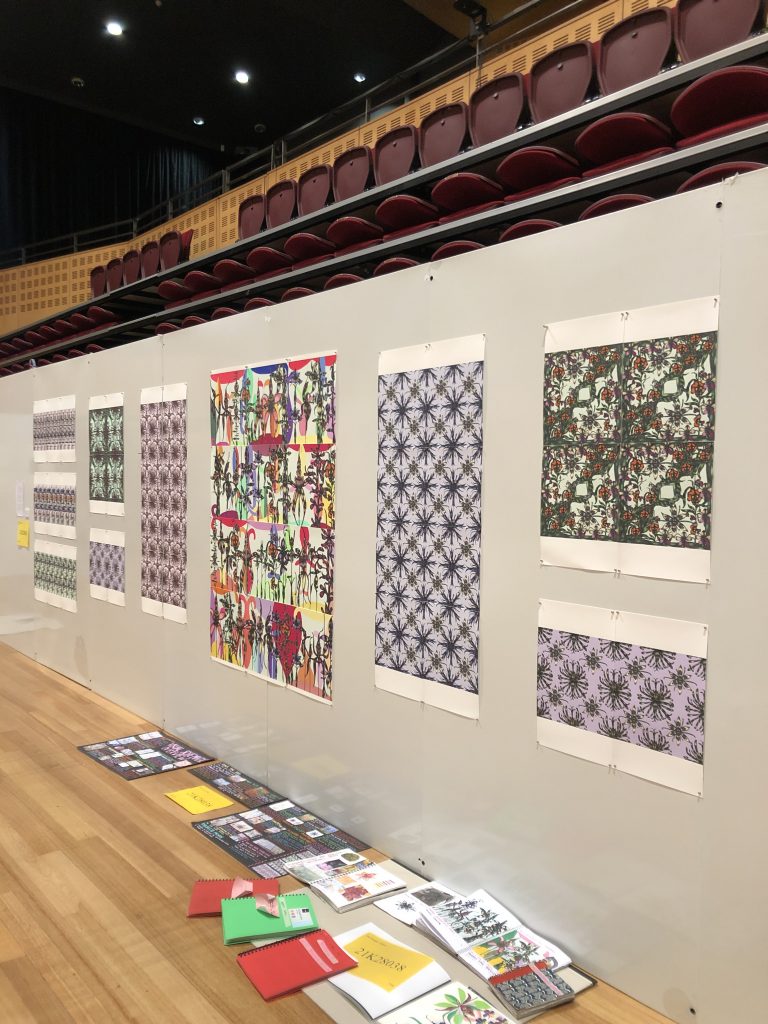
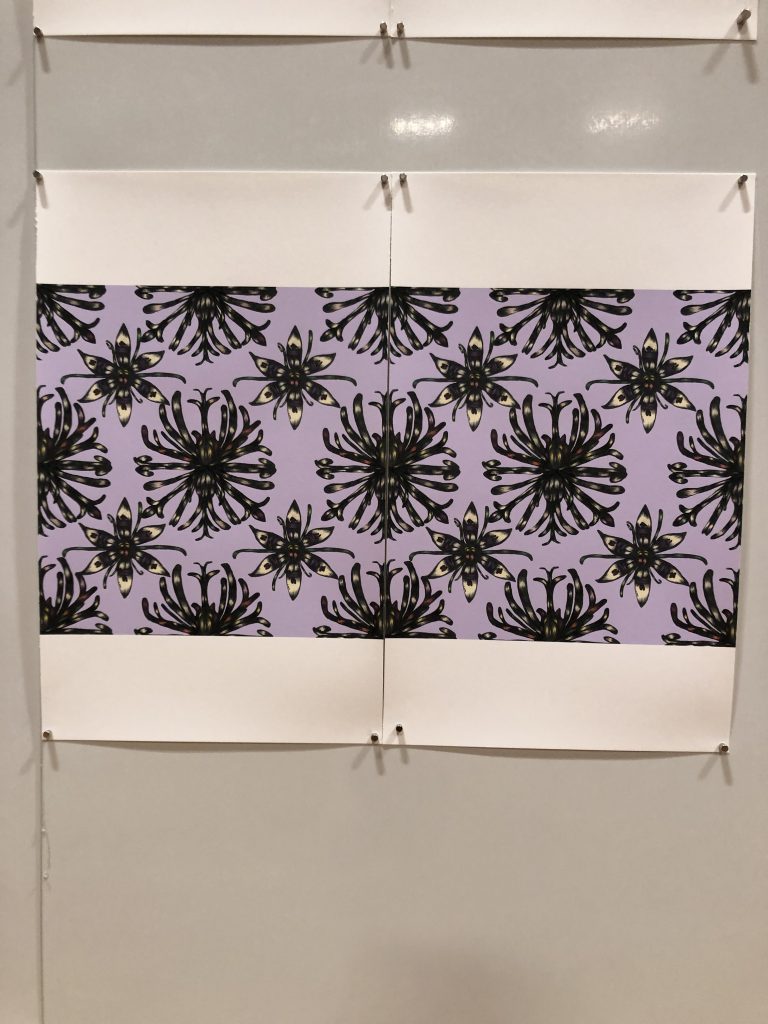
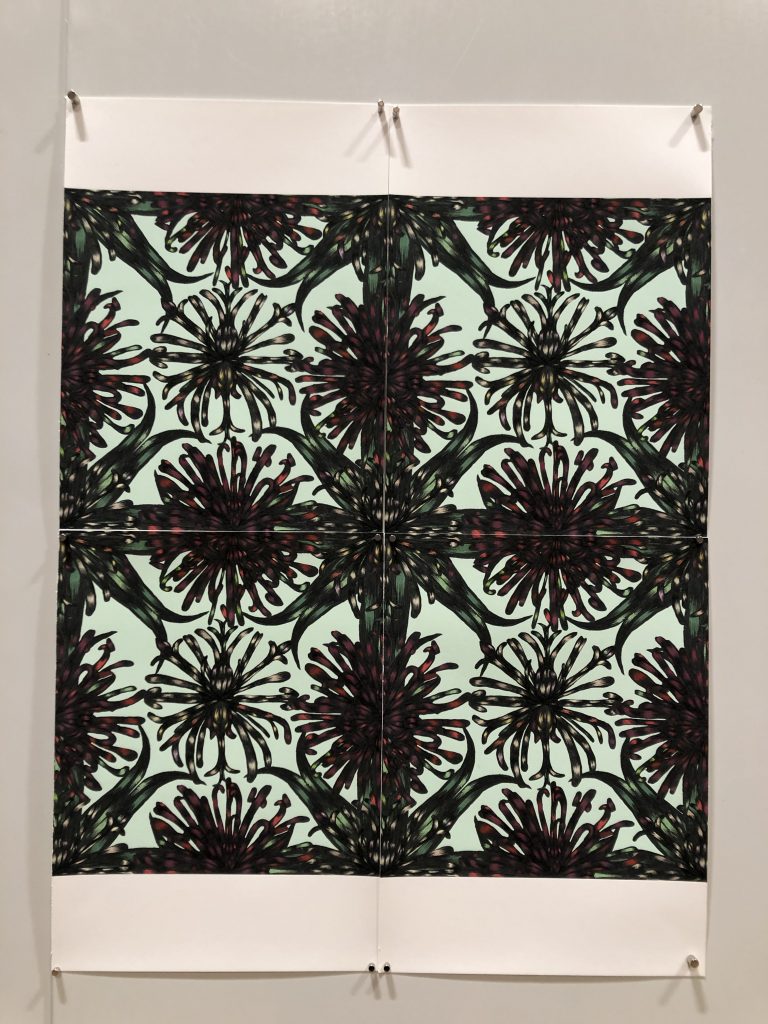
May’s artist statement:
I firstly wished to create artwork in relation to folklore or fairy tales. I debated whether to focus on Eastern or Western stories. But in the end, I thought it would be interesting to see if I could try to intertwine the two different cultures together.
I aim to show and explore the similarities of Western and Eastern cultures by contrasting cultural tales which mirror important plot points in both cultures. For example Cinderella and Yè Xiàn (叶限).
I furthered this idea by drawing on and melding together, art styles well-known in Western and Eastern cultures such as Ukiyo-e, a very famous part of Japanese artworks. Furthermore, ukiyo-e inspired Art Nouveau, an art style which became a prominent aesthetic during the Romantic era in Europe. Some of the works, especially acrylic parts, were also influenced by impressionism style
I utilised watercolours, gouache and acrylics. I juxtaposed watercolours against acrylics (which I mainly used for parts of foreground or for the focus of the artwork) to better highlight the focal points of the drawings since acrylics have a more three-dimensional texture. When trying to make smaller details stand out e.g ribbons or some rocks, I used gouache to make the objects more vibrant against the watercolours.
